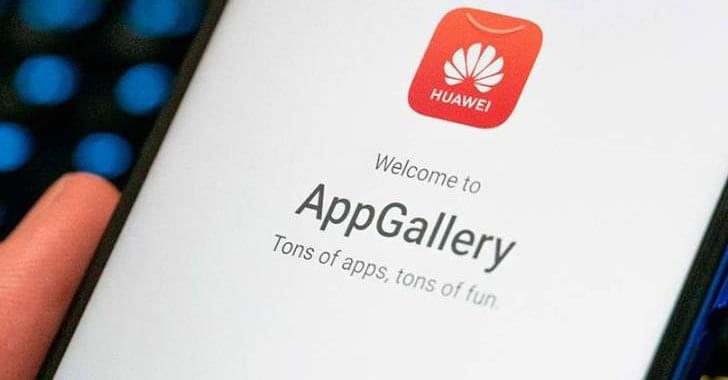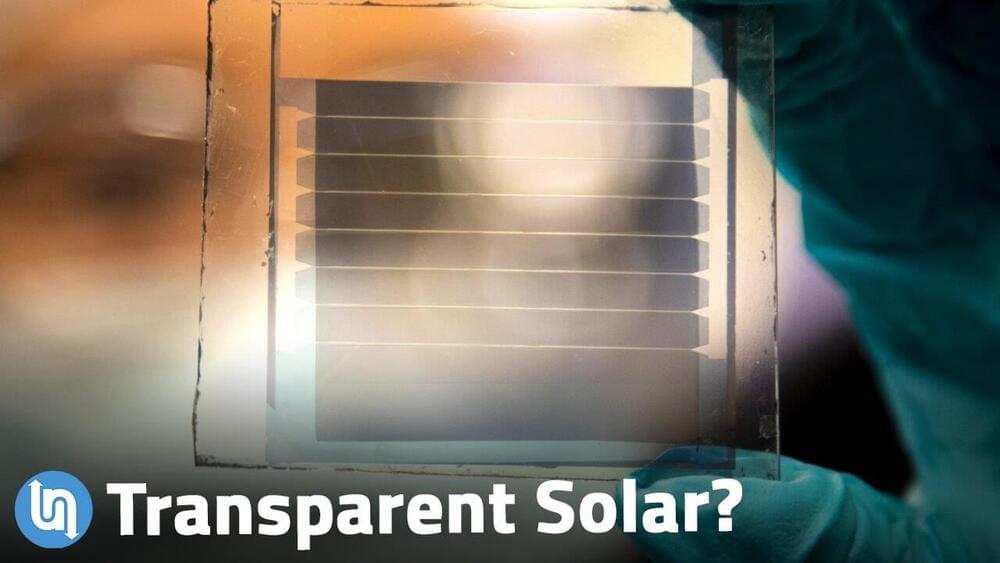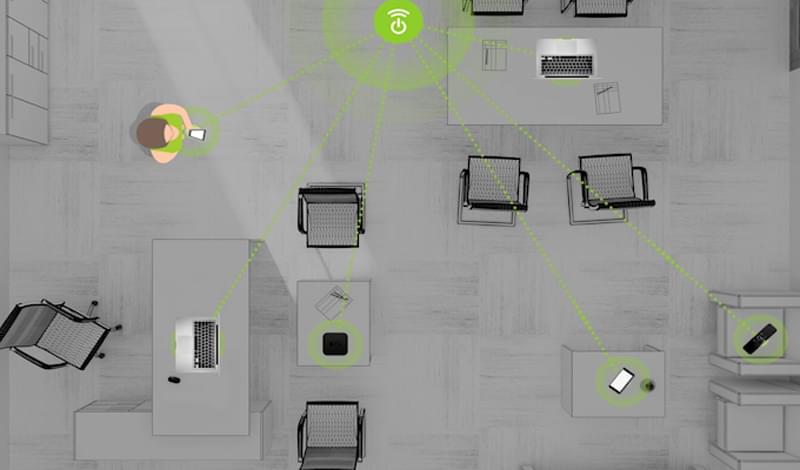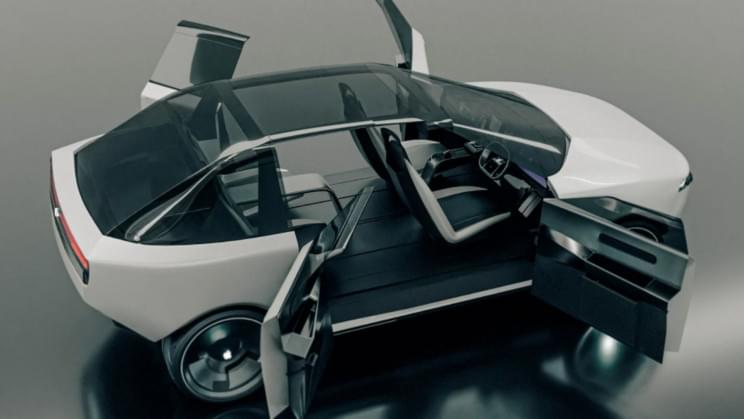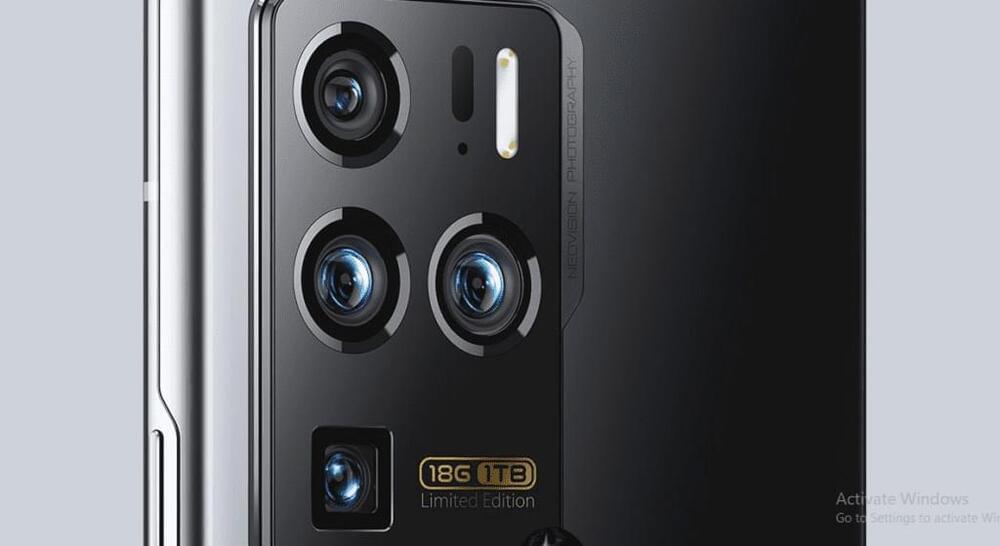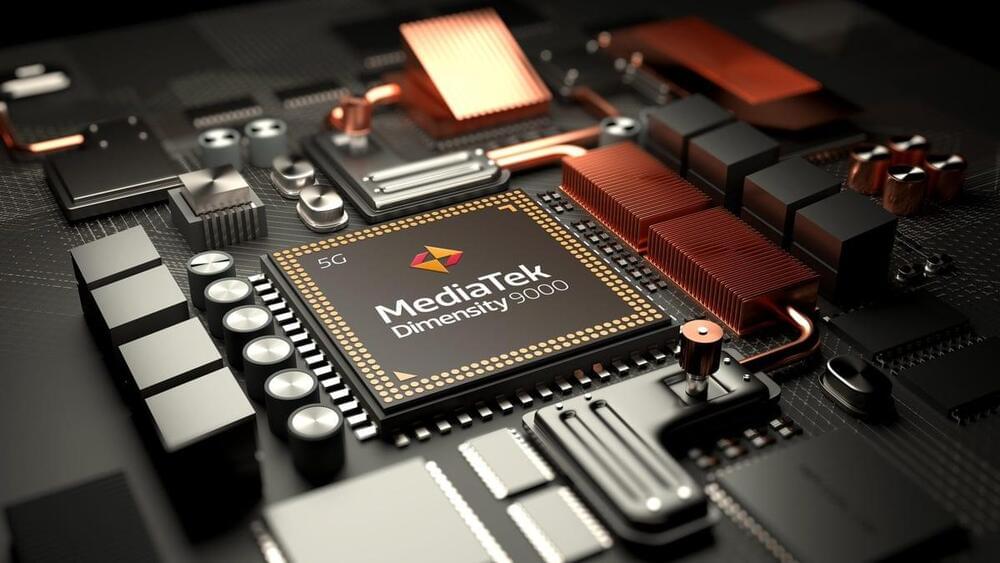
The Dimensity 9,000 is both the first smartphone chip to be built using TSMC’s new 4nm process and the first chip to feature Arm’s new Cortex-X2 CPU core. The flagship chip is based on the new ArmV9 architecture and will feature the Cortex X2 as an “ultra” performance core, three Cortex-A710 cores as general “super” performance cores, and four Cortex-A510 efficiency cores. The Dimensity 9,000 will support LPDDR5x memory at bandwidths of up to 7,500 Mbps.
The big jumps in performance don’t stop there: The Dimensity 9,000 is also the first chip to feature Arm’s Mali G710-MC10 GPU, along with industry-leading support for raytracing via the Vulkan SDK for Android. And while there aren’t any phones currently available that have pushed refresh rates this high, MediaTek claims the Dimensity 9,000 can handle screens with up to a 180Hz refresh rate at FHD+ resolutions.
The Dimensity 9,000 also supports the first 18-bit image signal processor, which gives the chip the ability to capture 4K HDR video using up to three cameras at the same time, or still photos using up to a massive 320-MP sensor (assuming device makers can find a 320-MP sensor that fits in a phone).
